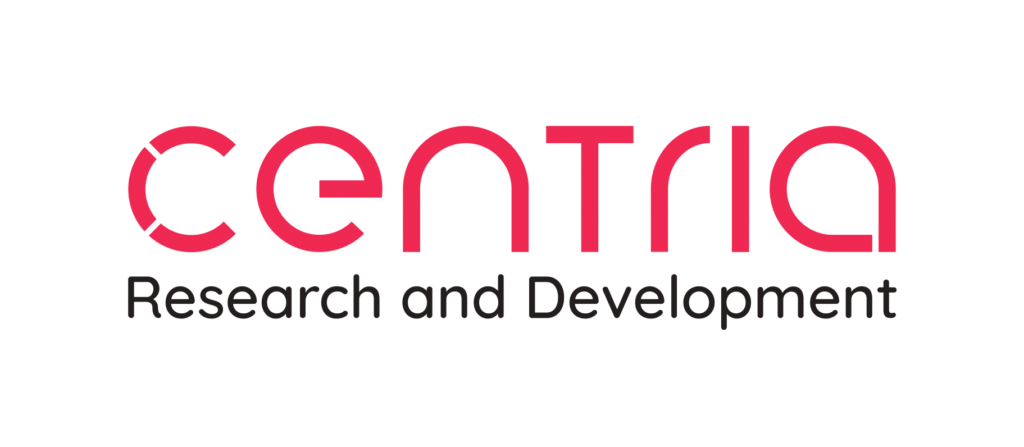Pillar 4:
Fast and accurate sorting for recycling
The Recirculate will create rapid sorting of batteries by type for recycling.
How are batteries sorted for further recycling?
The sorting of EV batteries for recycling involves a combination of manual and automated processes. The specific methods can vary depending on the recycling facility, the type of batteries being processed, and the available technologies. The process includes such steps as collection and transportation of batteries, initial inspection and sorting to identify any visible damage or safety concerns, classification of batteries based on factors such as chemistry, size, manufacturer, and others.
Technology advancements in automation, robotics, and artificial intelligence (AI) are playing an increasingly significant role in the sorting and recycling of EV batteries. These technologies can improve sorting accuracy, efficiency, and safety while reducing the need for extensive manual labor.
What are the challenges and limitations of the battery sorting process?
Battery recycling potential is highly dependent on knowing the battery history, chemistry, and other parameters of the battery.
Before recycling it is crucial to determine the chemical composition of the batteries to categorize them into specific chemistry groups.
Some sorting systems might assess the state of charge and capacity of batteries through automated testing. Batteries with higher capacities might be set aside for potential reuse, while lower-capacity batteries might be designated for recycling. Current (fast) discharge leads to loss of stored, useful energy – equating to a massive amount of energy. Discharge generates massive amounts of heat, limiting discharge rate and increasing risk if not properly cooled.
What will the Recirculate project change?
The Consortium will develop hardware-in-the-loop methodologies for fast regenerative discharge without the need for specific thermal management systems, combined with characterization of SoX within the range from 10V to 750V, suitable for >99% of current EVs. As a result, this will enable rapid sorting of batteries by type for recycling.

